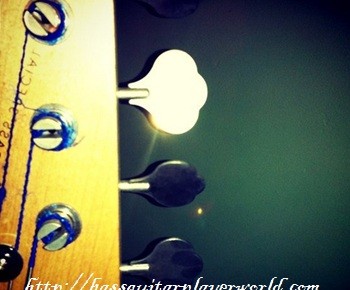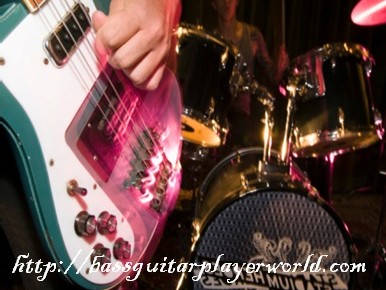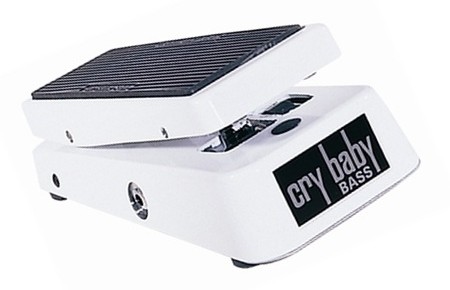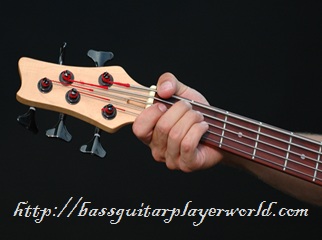How to Keep Time in a Song Effortlessly
 Bass guitar is fun. Not only do you get freedom of choice when it comes to rhythmic patterns (you can follow the drums, you can follow the rhythm guitar, or you can follow your own melody) but you can add something that no other instrument can add to a piece; fullness.
Bass guitar is fun. Not only do you get freedom of choice when it comes to rhythmic patterns (you can follow the drums, you can follow the rhythm guitar, or you can follow your own melody) but you can add something that no other instrument can add to a piece; fullness.
None of that matters though, if you can’t keep time.
Keeping time is every musician’s job. Not a single person in your band is exempt from the rule. But if that’s the case, how can you learn to keep time so that you aren’t the lone rule breaker?
Counting Subconsciously
Keeping time is all about counting. If you can count to four, you can keep time with most modern riffs.
Now that doesn’t mean that you just scream one two three four over the entire song. There is an art to keeping time through counting.
First off, find the first note of a riff. Let’s say your riff starts on the note C, outlines the tonic triad C, E, and G and then goes to the note A. And that’s the full riff.
So, Now How Do You Keep Time of This Four Notes Riff?
You start off by waiting for C. Once C comes around, you begin your count. C will be your one count. This means it is the first of four quarter note piece of your 4/4 measure. Almost like a puzzle; we all know at ends up a square, we’re just piecing that square together.
 Once you count your C as one, you have already begun to keep time. The best way to keep track is to count the number out loud and either clap your hands or tap your foot. When you begin keeping time while playing a piece, you will quite obviously be using your foot tap as the tool of choice, but for now it is free reign; time keeping transfers evenly throughout all digits and limbs.
Once you count your C as one, you have already begun to keep time. The best way to keep track is to count the number out loud and either clap your hands or tap your foot. When you begin keeping time while playing a piece, you will quite obviously be using your foot tap as the tool of choice, but for now it is free reign; time keeping transfers evenly throughout all digits and limbs.
Now, back to your pattern – let’s say that the C, E, and G notes are all quarter notes, then there is an eighth note rest, and the A itself is an eighth note. This will note effect our counting whatsoever.
Clapping to the Beat Does Wonders
Clap on your C, clap again lightly (or tap your foot, whichever you’ve chosen) between the C and E, clap on your E, clap lightly between your E and G, clap on your G, clap lightly between your G and A, clap on your A, and then clap lightly. The riff repeats. This is how you keep time in a song; by tapping or clapping on both the on-beat (the notes themselves) and the off-beat (the space in between the notes).
No matter how many notes are crammed into a 4/4 measure, you would keep time the same exact way. If there were twelve sixteenth notes and two eighth notes, you would still clap the on- and off-beats of the piece. This is because a 4/4 measure, no matter what notes are within its context, still contains four total quarter note beats.
The only way to master the skill of keeping time within a song is to practice. When you are listening to music, take some time to discern the time of each riff. Tap along, and in no time you’ll see a huge difference in your own time keeping.
All The Best Bass Playing Resources At One Place!
Get bite-sized video lessons covering a range of bass guitar techniques and playing styles at JamPlay. For a few pennies a day, you gain full access to a huge library of professionally recorded lessons. Jamplay is everything that a bass player would need to improve their skills in the shortest possible timeframe. Check them out today!
Related Articles
Comments are closed.





